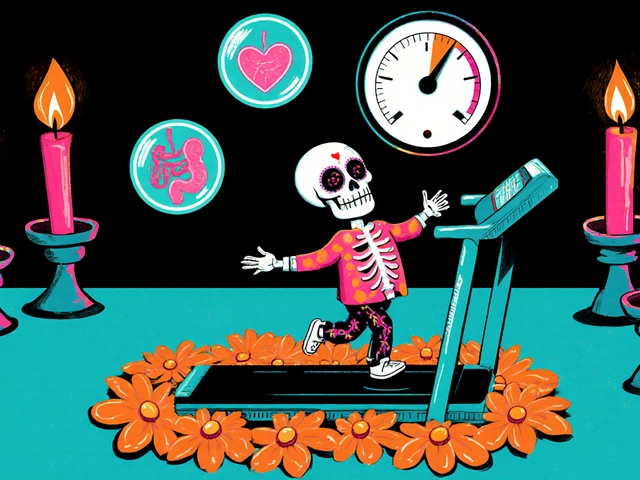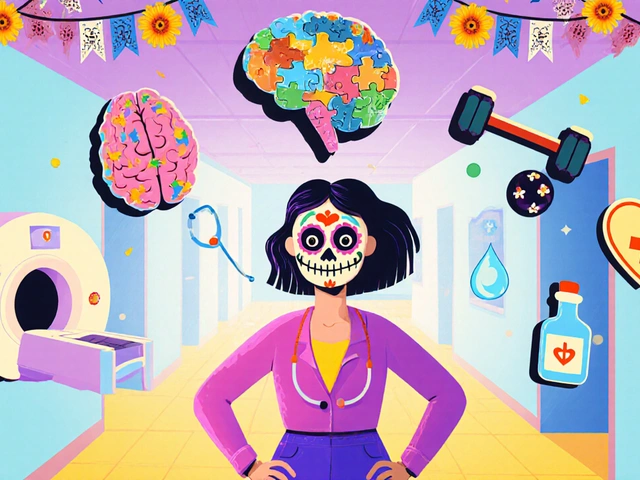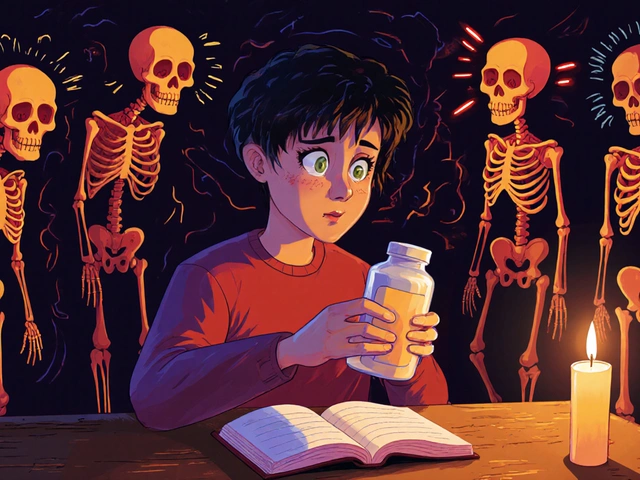Vitamin D Deficiency – What You Need to Know
When working with Vitamin D deficiency, a condition where the body lacks enough vitamin D to support normal bone, immune, and muscle functions. Also known as low vitamin D, it can sneak up on you and affect daily life.
Why does this happen? Vitamin D, a fat‑soluble vitamin made in the skin after sun exposure and obtained from certain foods is the key player. Without enough sunlight or dietary sources, the body can’t keep up, which in turn reduces calcium absorption. Calcium, the mineral that builds and maintains strong bones and teeth then struggles to do its job, leading to weaker bones and a higher risk of fractures.
How Deficiency Impacts Your Body
Think of bone health, the overall strength and integrity of the skeletal system as a house built on a solid foundation. Vitamin D deficiency weakens that foundation, so you might notice bone pain, joint aches, or frequent falls. The immune system also feels the hit; studies show low vitamin D can make you more prone to infections and slow recovery. Mood swings and fatigue are common complaints too, because the vitamin plays a role in brain chemistry.
Sunlight exposure is the most natural way to boost levels. Even a short 10‑minute walk outside when the sun is high can trigger vitamin D synthesis in the skin. When weather or lifestyle limits sun, dietary sources become crucial. Fatty fish like salmon, fortified dairy, and egg yolks provide modest amounts. However, most people still fall short, which is where supplementation comes in.
Supplements are a practical fix, but not all are created equal. Vitamin D3, the form of vitamin D that the body makes from sunlight and is most effective at raising blood levels is generally preferred over D2. A typical adult may need 800‑2000 IU daily, though doctors often tailor doses based on blood tests. Remember, too much vitamin D can cause toxicity, so follow professional guidance.
Testing is simple: a 25‑hydroxyvitamin D blood test tells you where you stand. Levels below 20 ng/mL signal deficiency; 20‑30 ng/mL is insufficient; above 30 ng/mL is usually adequate. If you’re in a high‑risk group—older adults, people with darker skin, or those who spend most time indoors—checking annually makes sense.
Beyond bone and immunity, vitamin D touches many systems. It helps regulate insulin, supports heart health, and may even influence mood disorders. So fixing a deficiency can have ripple effects across your whole well‑being.
Now that you understand why vitamin D matters, what causes a shortfall, and how to address it, the next step is to dive into specific strategies and real‑world tips. Below you’ll find a curated set of articles that break down everything from safe supplement buying to lifestyle changes that boost natural production, giving you the tools to tackle deficiency head‑on.

Explore how vitamin D deficiency can trigger migraines, learn to test levels, and discover practical steps like supplements, sunlight, and diet to reduce headache frequency.
Chris Gore Sep 30, 2025




